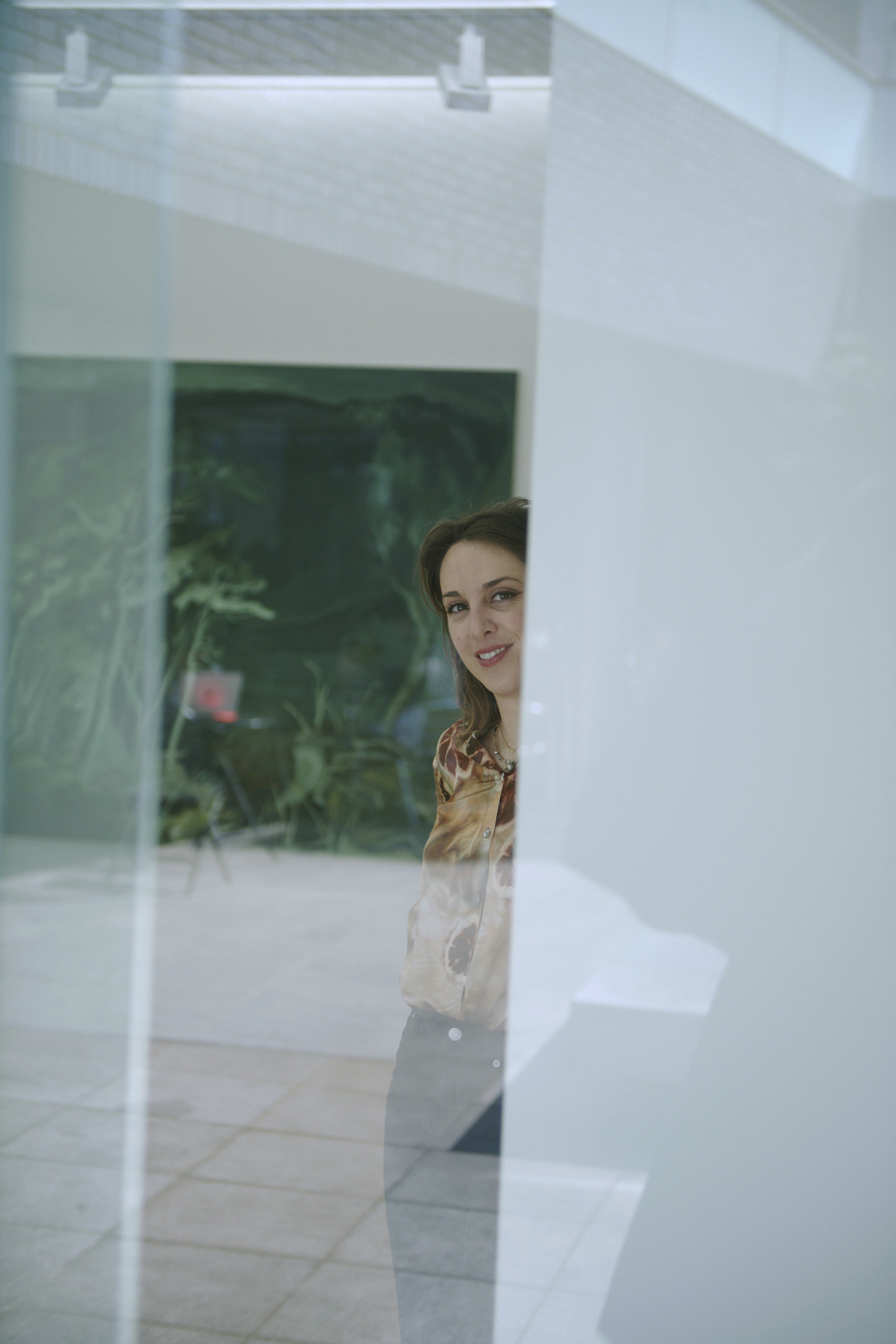
Emma Webster
Emma Webster (b. 1989) is a painter with an MFA from Yale School of Art (2018) and BA from Stanford University (2011). In 2021, she published Lonescape: Green, Painting, & Mourning Reality, a book of her collected reflections on landscape and image-making in a highly digital world.
Emma Webster is a Los Angeles-based artist who explores hybrid expression, using oil painting techniques to depict a unique landscape world constructed through VR. This year, she held a solo exhibition, The Dolmens, at PERROTIN Tokyo. A series of new drawings and paintings visually explored the theme of enclosed and hidden spaces like dolmens, resonating with the architecture of PERROTIN Tokyo as a framework of the exhibition. We spoke with the artist, who visited Japan for her solo exhibition.
Borderline Landscapes arising from the intercommunication between classics and technology
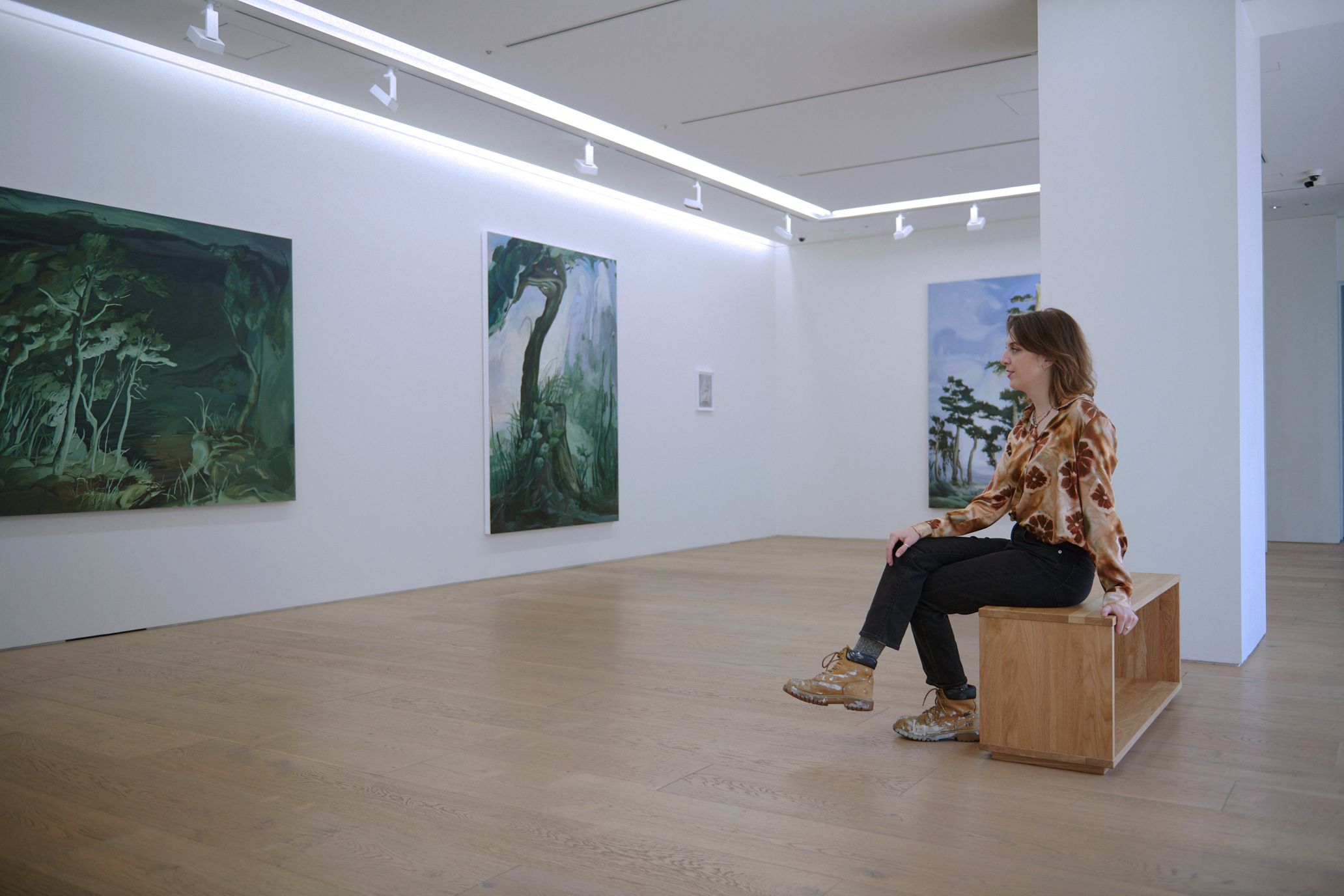
Depicted on canvas using traditional oil painting techniques is a landscape with curved plants of smooth textures reminiscent of the skeletons of giant ancient creatures towering silently. Pale light and spotlights, which do not seem to be natural sunlight, illuminate the landscape and coexist with profound darkness. Although the work appears to be imbued with a sense of reality in terms of scale and the shadows created by the lighting, the shapes, colors, atmosphere, and the presence of life do not link to reality. It is a surreal world created with an ingenious balance, where we can never reach the truth even if we try to stretch the fingers of our imagination. The imagery makes us wonder if we are lost in someone else’s mindscape, in a dream, or at the end of the future that humanity will eventually reach.
Emma Webster takes the diverse inspirations she finds in reflecting on the real world, gives shapes to them through 3D modeling in VR, and summons them back to the real world in the form of oil paintings. Another world depicted through her filter is not one filled with peace and nostalgia but one of disquiet and alarm, and poses wordless questions to us.
The role and signification of landscape painting in art history have varied over time, from an idealized background for religious painting, to the field of practices and challenges of artists who got caught by the act of painting landscapes, to the decoration of a mansion house. Real landscapes pass through the artists’ eyes and brushstrokes, taking on the colors of memory, imagination, and sensitivity and manifesting themselves on the canvas as parallel substances.
In this age of nearly limitless expressive techniques, Webster once again implies the meaning and possibilities of landscape painting.
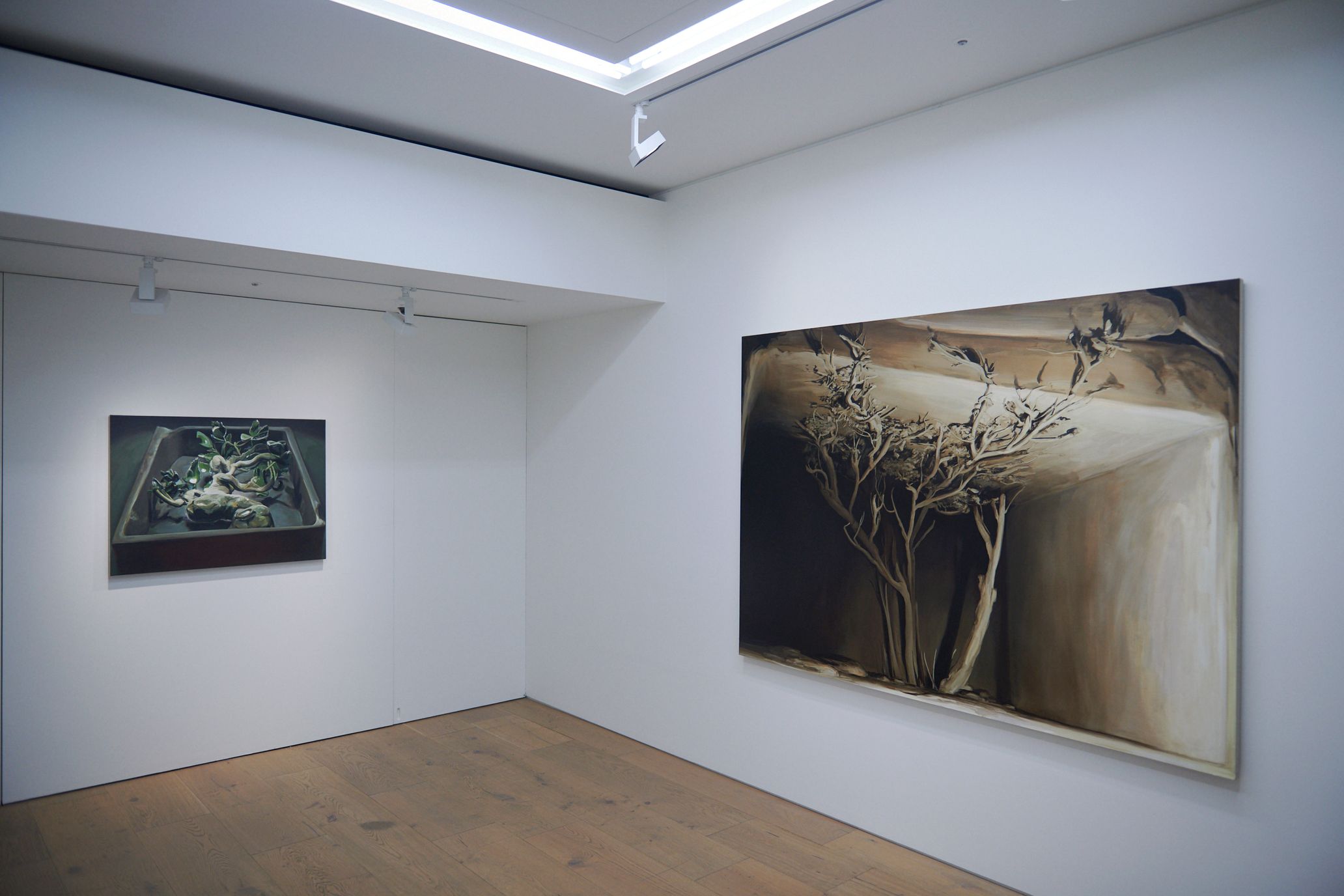
She majored in Art Practice at Stanford University and worked in set design and scenography after graduation.
She says, “Stanford was an environment where many students were studying computer science and engineering, but I wasn’t interested in computers myself and spent a lot of my time sketching the many Rodin sculptures that were on campus.”
Later, while in the MFA program at Yale University, she was exposed to VR with the creative director Wyatt Roy’s help and learned digital modeling skills in software called Blender.
“The technology did not trigger the process of creating dioramas in VR and pictorializing. I used to create dioramas by hand, but one day I started experimenting with VR and became interested in VR expression itself, including its unique textures and lighting effects,” she said.
I spend a lot of time in drawing and visualizing images in VR space based on imagery collected through sketches and gradually converging them into a single work of art through constructing dioramas. Blender also involves lighting design. In film and theater, light can give meaning to darkness and create a particular mood to develop a story. Having been involved in stage design myself, I reflect on the effects of lighting on the viewer’s sensitivity and use this in creating my work.
Her lighting design also plays a part in connecting the actual exhibition space with the world of her works, allowing respective paintings to feel like doors to a surreality elaborated by Webster. She consciously leads the viewer into a combined experience of imagination.
She says, “For each exhibition, I create works based on a theme that can only be explored in that particular space. Although my work is not rooted in a specific ‘place,’ I aim to give meaning to both the work and the exhibition space through the exhibition and to create a spiritual connection with the existing context within the ‘place’ and environment.
“I am not depicting a specific landscape or emotion in any of my works, but rather exploring how disparate images are connected in the space of a painting, pretty much out of curiosity. I create my works with the idea that the viewers can immerse themselves in the world and space I create, and share and develop the same image.”

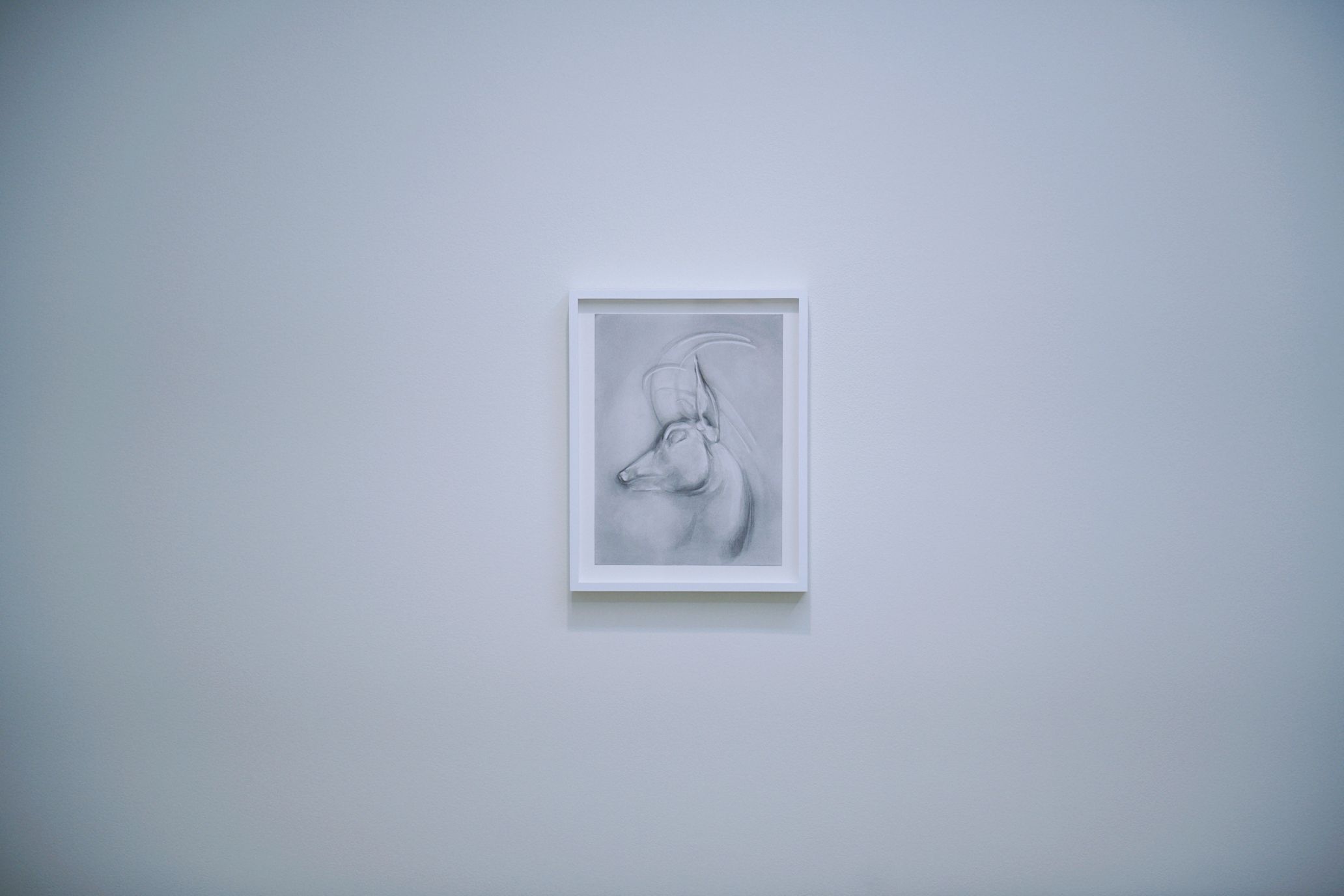
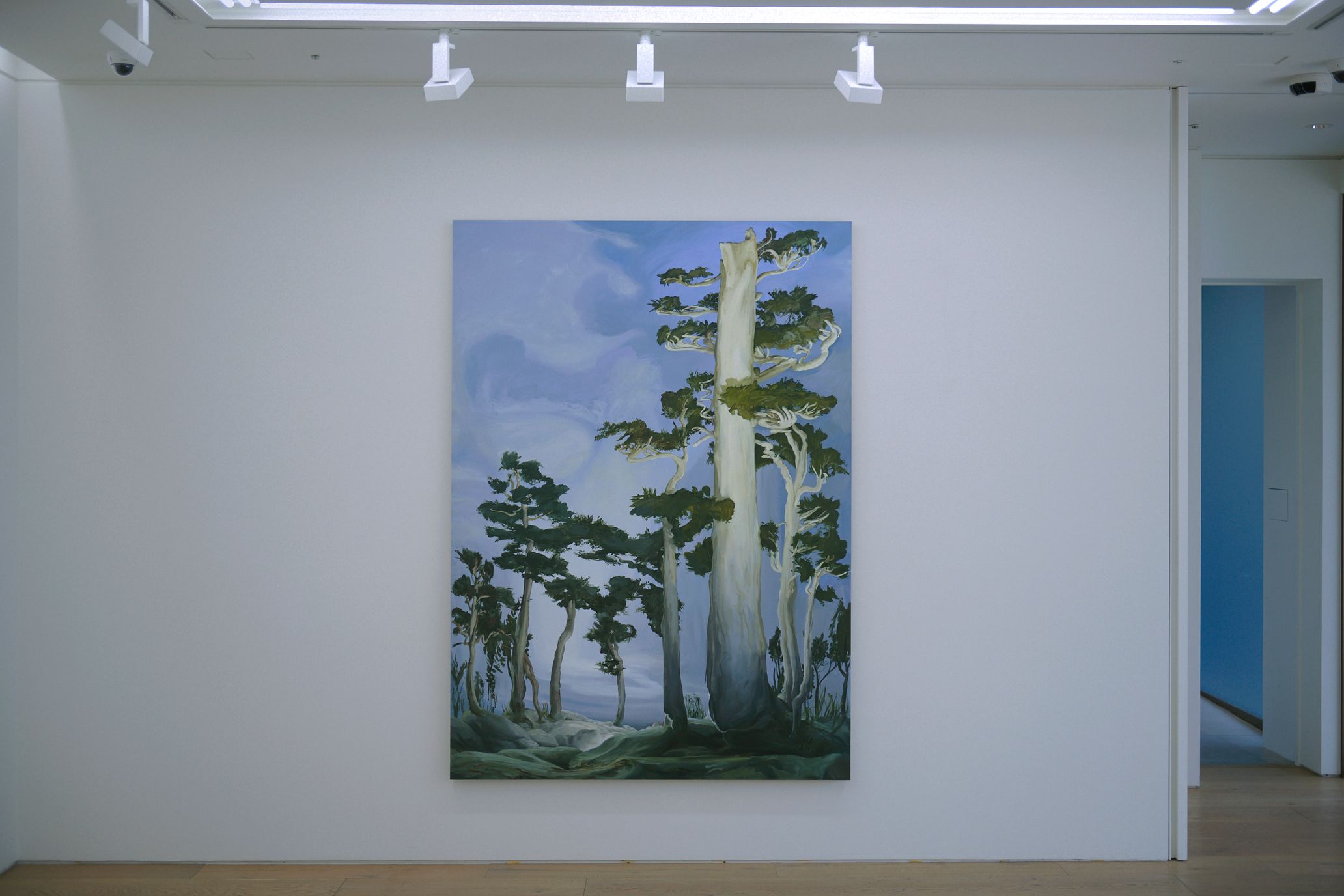
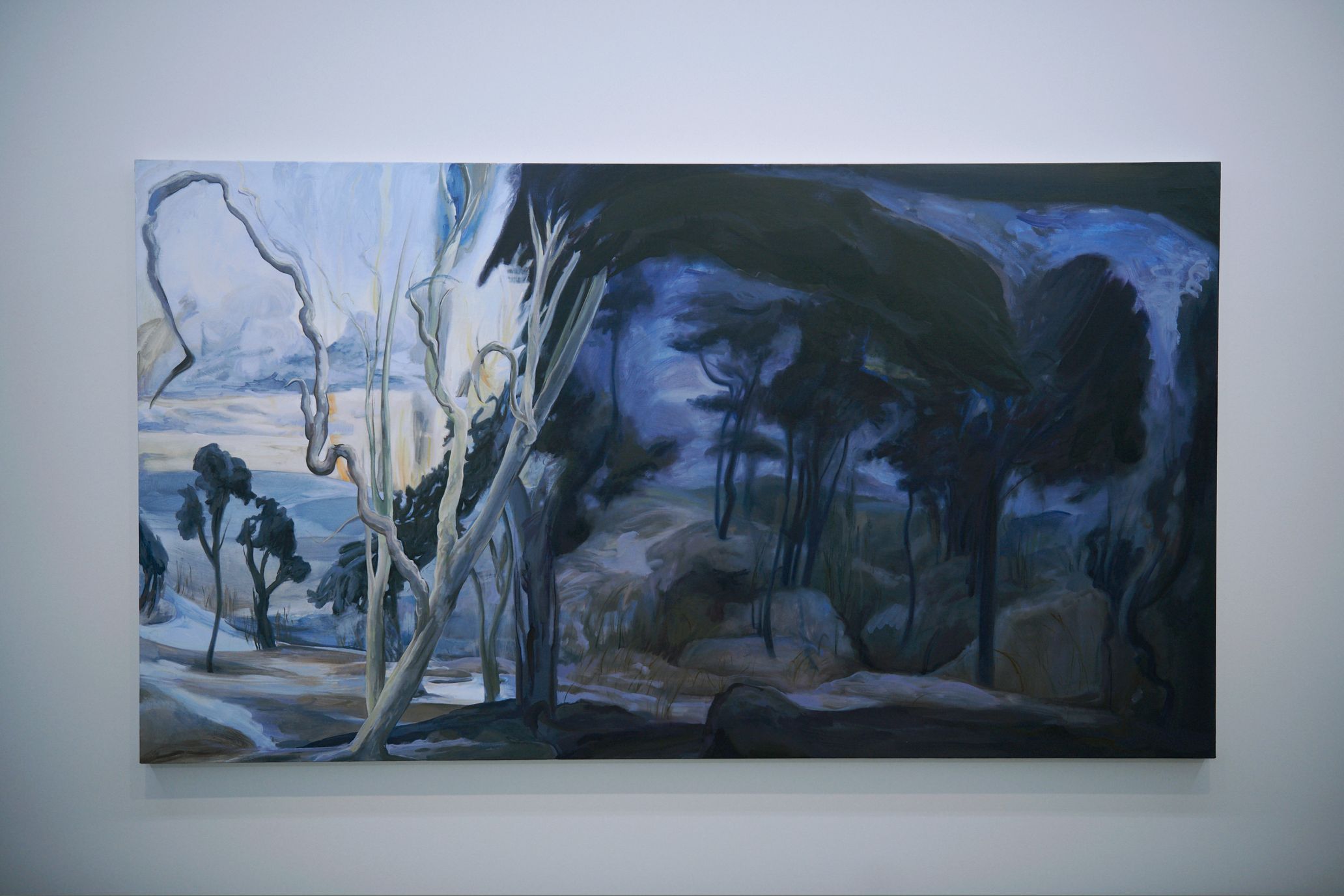
But from where does Webster draw her inspiration for creating a multi-layered world that straddles reality?
Webster responds, “I draw inspiration from all kinds of things, and I am developing my landscapes and worldviews as if I were creating a patchwork of images. For example, in this exhibition, I was strongly inspired by paintings of Albrecht Dürer in the 16th century. He is said to be the first landscape painter in the history of Western painting, but I feel that his paintings are more like still-life paintings because his paintings seem to be focused on “objects” as motifs. I have created this exhibition and my works based on this sensation.”
She continues, “I often get inspiration from movies too, and I especially love Sofia Coppola, so when I come to Tokyo, I feel like I am vicariously experiencing the world of “Lost in Translation” (laughs). When I walk around Tokyo, I spot advertisements that use video and computer graphics, as well as photographs. Unlike the descriptive advertisements that prevailed in the U.S., these ads are full of a wide variety of images, which is very interesting. Strolling aimlessly through the city, I sometimes come across unexpected universes with not only two-dimensional, but also three-dimensional depth, or find a nice hidden place in a building.”
Photography Masashi Ura
Interview Akio Kunisawa
Edit Jun Ashizawa(TOKION)
Translation Shinichiro Sato(TOKION)

